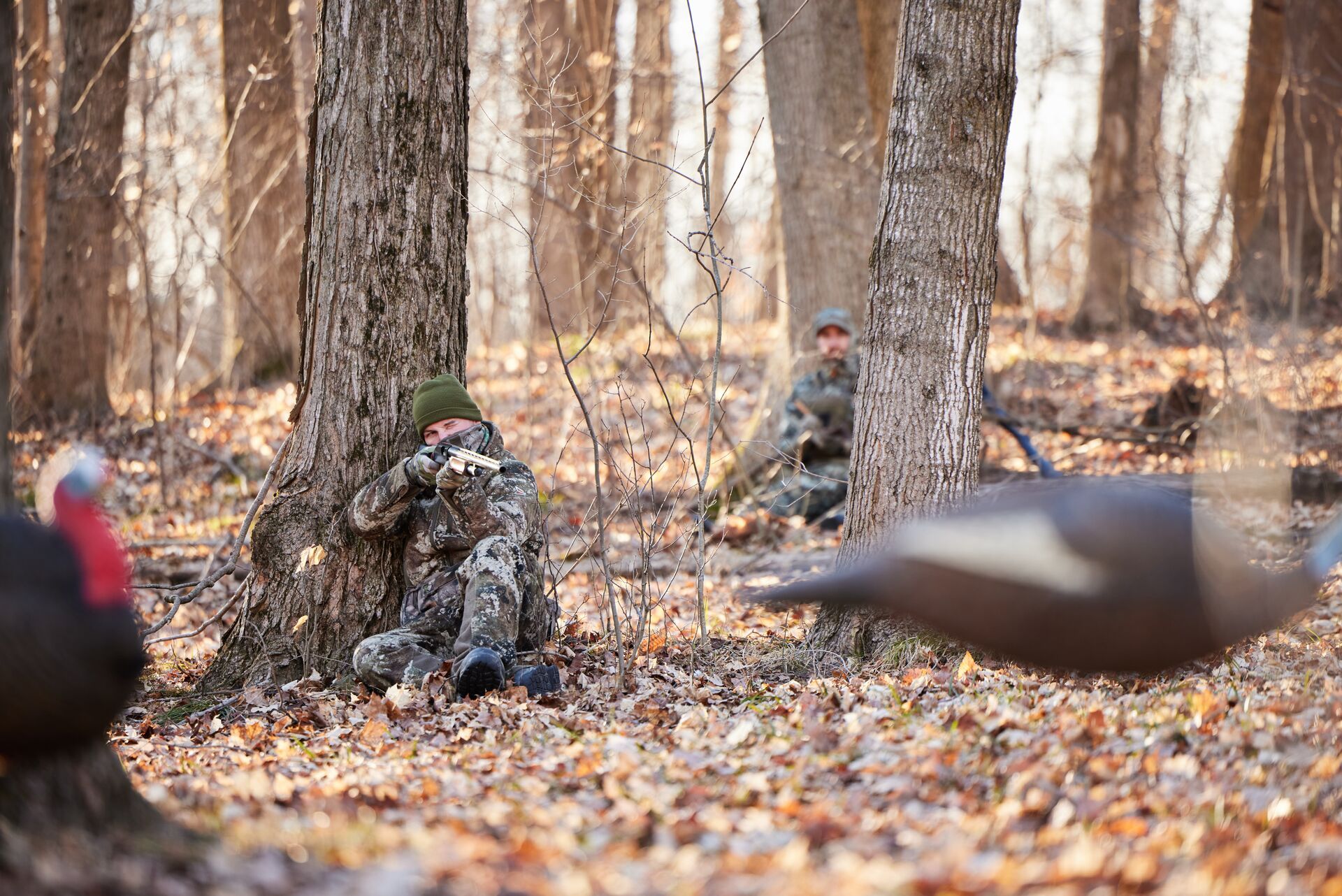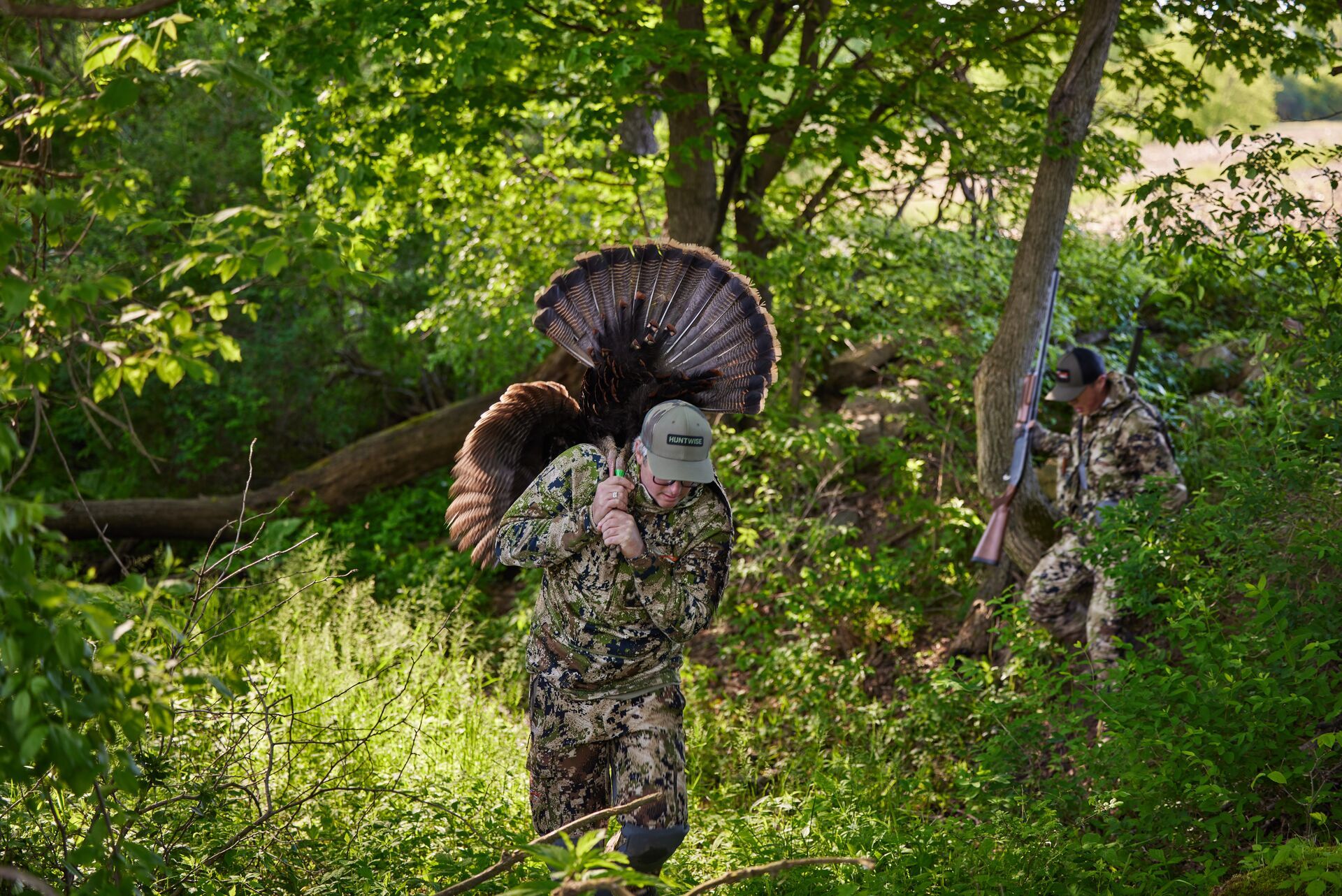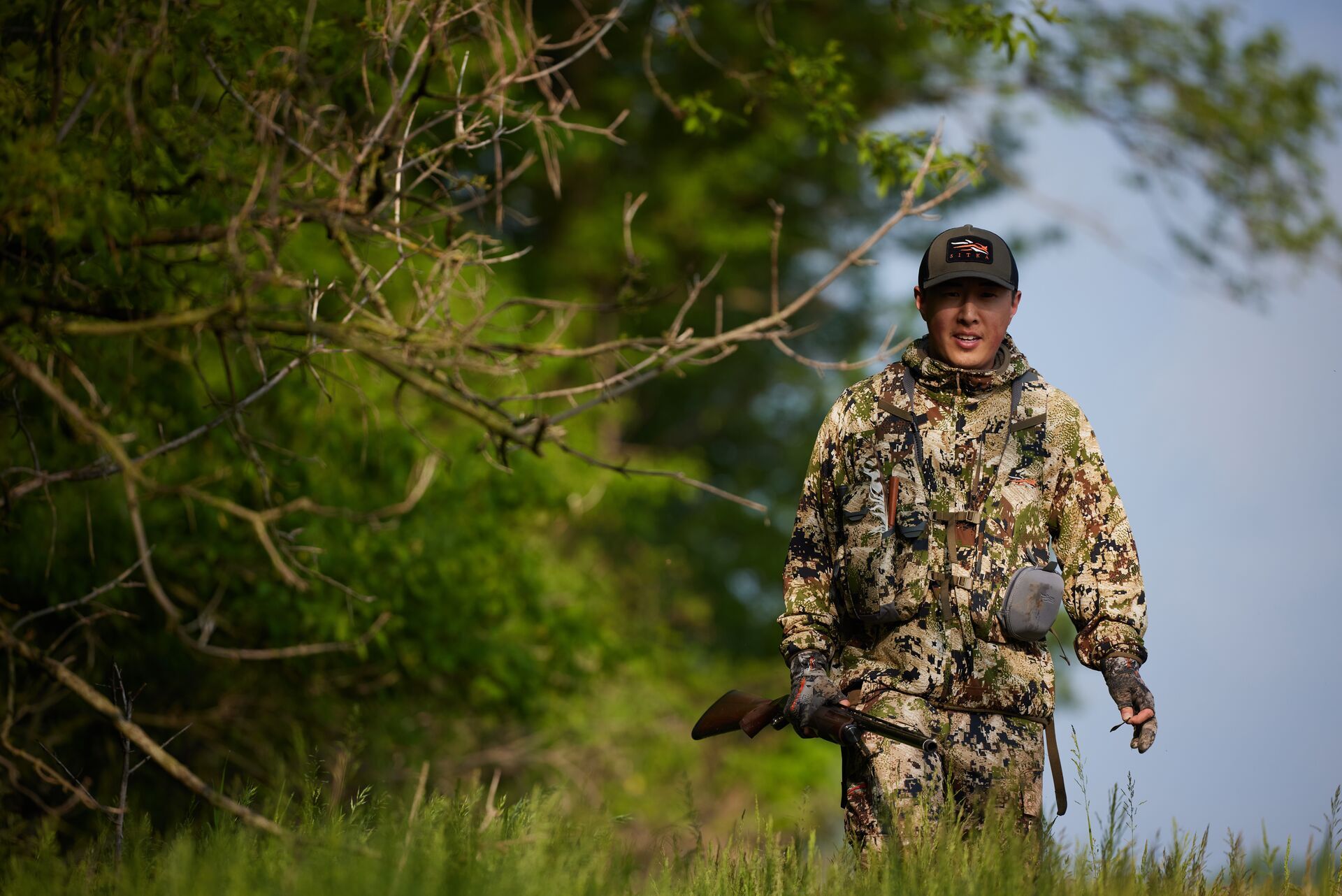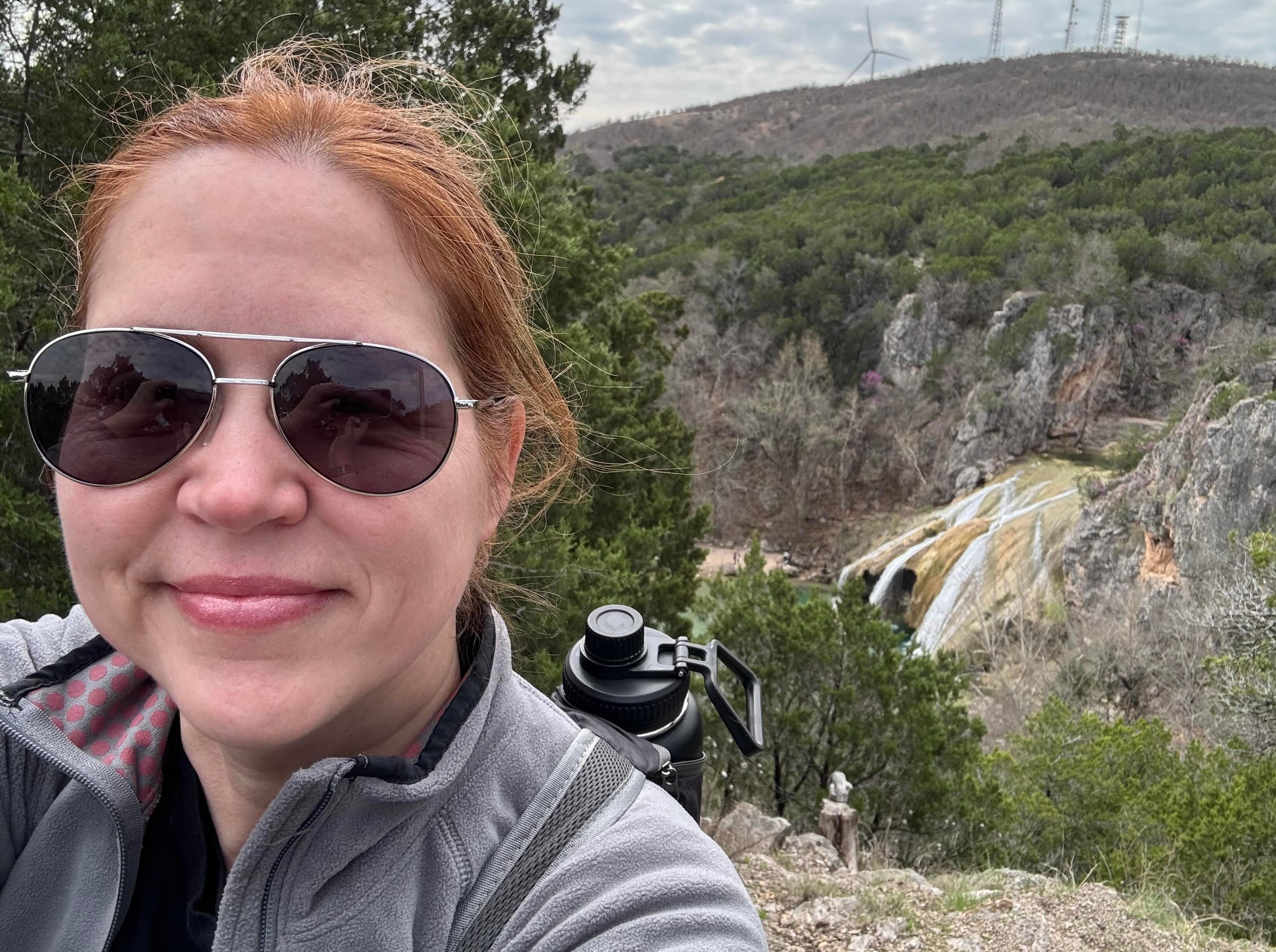Field Guide / Bowhunting
Should You Try Bowhunting Turkey?
Wild turkeys see in full color, have telescopic vision, have delicious meat, and often eagerly respond to calling. Wild turkeys are the largest of North America’s game birds, exciting to bowhunt, and can be pursued in spring, coinciding with their breeding season.
Previous in Bowhunting
More Content Like This

What are the PA Seasons and Bag Limits for Turkey Hunting?
You can hunt a little bit of everything in Pennsylvania, including turkey — and if you don't have a turkey hunt on your calendar for the spring or fall, you just might add it after checking out this guide. The turkey-hunting culture is strong in this...Read More
Read More
When Is Alabama Turkey Season?
With its diverse hunting locations ranging from the Appalachian mountains' forested habitat to the south's delta swamps, Alabama offers a unique experience for those targeting the Eastern wild turkey. This variety and challenging landscape make it a ...Read More
Read More
When Is Turkey Season, Minnesota?
From the exhilarating pursuit of turkeys across vast plains to the strategic navigation of expansive woodlands, North Minnesota offers a turkey hunting experience that is not just a sport but a journey steeped in history and strong tradition. Read More
Read More Turkey
TurkeyWhat are the PA Seasons and Bag Limits for Turkey Hunting?
You can hunt a little bit of everything in Pennsylvania, including turkey — and if you don't have a turkey hunt on your calendar for the spring or fall, you just might add it after checking out this guide. The turkey-hunting culture is strong in this...Read More
Read More Turkey
TurkeyWhen Is Alabama Turkey Season?
With its diverse hunting locations ranging from the Appalachian mountains' forested habitat to the south's delta swamps, Alabama offers a unique experience for those targeting the Eastern wild turkey. This variety and challenging landscape make it a ...Read More
Read More Turkey
TurkeyWhen Is Turkey Season, Minnesota?
From the exhilarating pursuit of turkeys across vast plains to the strategic navigation of expansive woodlands, North Minnesota offers a turkey hunting experience that is not just a sport but a journey steeped in history and strong tradition. Read More
Read More
1 of 3
